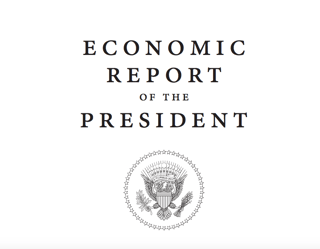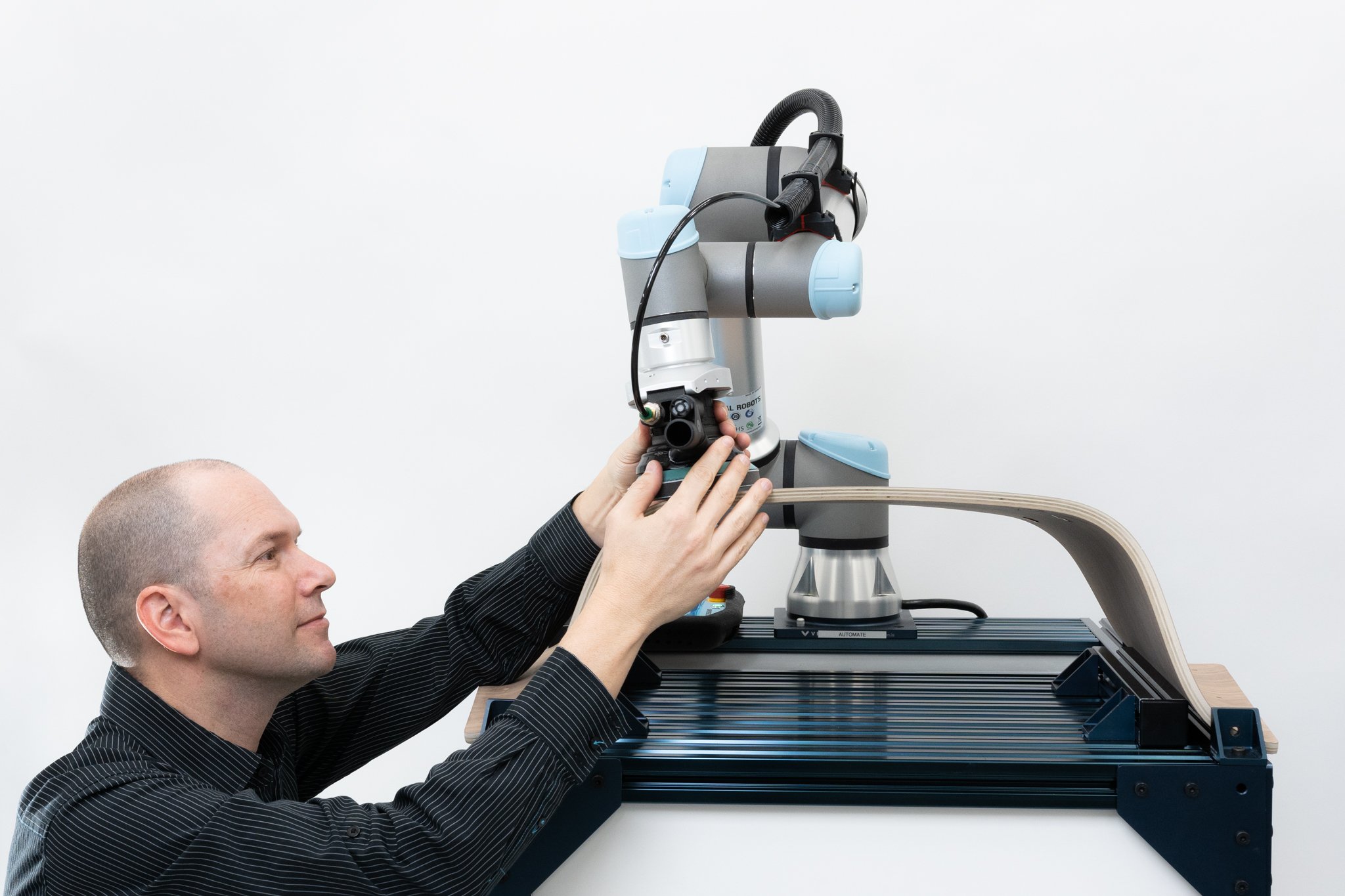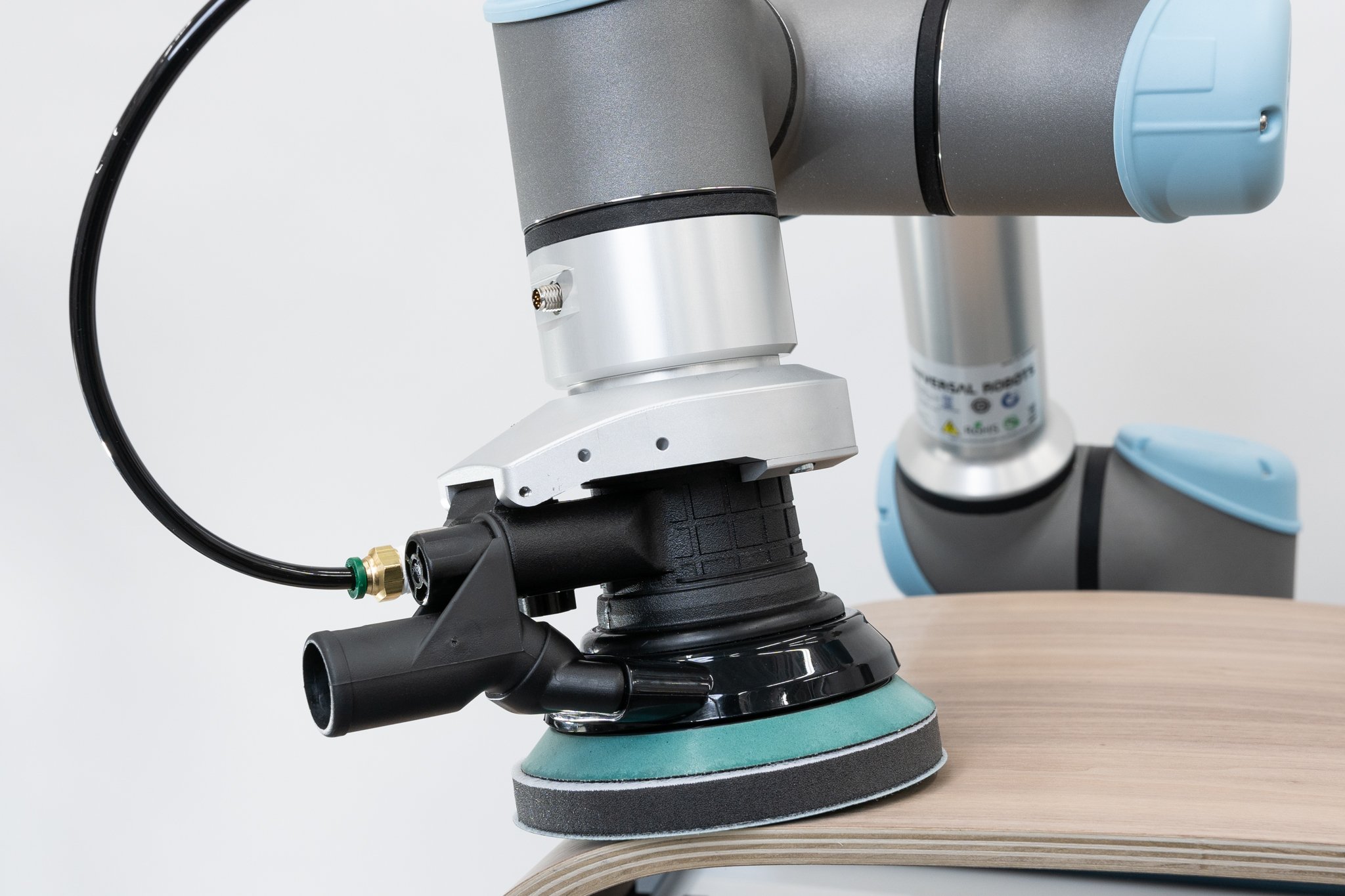What's New In Robotics This Week - Feb 26

Posted on Feb 26, 2016 7:00 AM. 7 min read time
The White House focuses on robotics; Industrial automation at Vickers; Stunning Atlas robot video; A self-guiding, object-spotting robot with deep neural network based AI; The great British robot? and much more... Find out what's happening in our robotics universe this week. We hope that the news we have selected will interest and amuse you. Enjoy!
Why Automate with Industrial Robots? (Engineering.com)
This fascinating case study looks at the experience of SME, Vickers Engineering. They are a Troy, Michigan based precision machining company serving the automotive industry. This case study shows what happened following their decision to automate using industrial robots. (Note: Robotiq's Olivier Grenier-Lafond gets a mention too!)
To meet the needs of its customers, the company’s choice of automating with industrial robots was a do-or-die decision. Staff first reacted fearfully to the idea of automating with robots, as many in the industry believe robotic automation leads to staff layoffs.
“The initial thought was we were all going to lose our jobs,” said Jordan Klint, engineering manager at Vickers. “But we were able to add robotics and not have a reduction in headcount because of how we’re structured. Some positions don’t exist anymore, but the people are still here in new roles.”
The story is well worth a read because it goes beyond case study specifics to cover broader issues related to industrial automation, such as cost effectiveness and the role of collaborative robotics.

White House economic report looks to robotics for the future (Robohub)
The U.S. President's annual Economic Report, published this week, is the first to focus specifically on the importance of robotics to the future of the U.S. economy.
Robotics have also played an important role in growth over the last two decades. A recent study estimates that robotics added an average of 0.37 percentage point to a country’s annual GDP growth between 1993 and 2007, accounting for about one-tenth of GDP growth during this time period (Graetz and Michaels 2015). This same study also estimates that robotics added 0.36 percentage point to labor productivity growth, accounting for about 16 percent of labor productivity growth during this time period. This effect is of similar magnitude to the impact that the advent of steam engines had on labor productivity growth (Crafts 2004).
In my review of 2015 (see the post here), I noted that politicians and policy makers are showing more and more interest in robotics. As governmental awareness and interest grows, the prospect of robots becoming as mainstream as PCs also draws closer. This report, a hefty 435 page document (PDF) from the President and the Council of Economic Advisors is another notable marker on the remarkable journey robotics is making from relative obscurity to the mainstream.
Andrea Keay's (CEO of Silicon Valley Robotics) analysis of the report is a must read for those interested in the impact of policy on the development and growth of the robotics industry.
Scientists Roughhouse with Google's Humanoid Robot (R&D)
Wow! If you watch one robotics video this week, make it this one.
Researchers at Google owned Boston Dynamics have posted a breathtaking video that demonstrates the Atlas robot's durability and tenacity in problem situations; such as when some pesky human tries to knock you over with a stick. In the video Atlas negotiates uneven, snow-covered terrain, moves boxes around, picks itself up after being pushed to the ground, and stays on task even when under physical attack.
See more coverage from IEEE Spectrum, Wired, and the Wall Street Journal.

The Great British Robot – too late and under-funded? (Diginomica)
An interesting take on the development of UK robotics in which the author wonders why the UK government lags behind Japan in terms of investment in robotics and whether such neglect is bad long term policy.
... the question is not if automation and robotics will spread into those areas of human endeavour that can be easily defined, but when – and how. Where the balance is struck, and whether intelligent machines will make humans redundant or simply enhance their human capabilities is down to the extent that policymakers have even considered these eventualities.
And it is also down to the levels of real-world investment in what the government already accepts is a key technology set for the UK’s future prosperity. So the fact that our investment levels are lamentable when set alongside those of our technology partner, Japan, is unfortunate.When will the government learn that propping up one sector, Financial Services, to the exclusion of most others and to the tune of (by some estimates) £1 trillion does far more to ensure that human beings remain in economic enslavement than robotics ever will?
Self-directed robot can identify objects (PhysOrg)
A self-guiding, object-spotting robot with deep neural network based AI has been developed by Emily Fitzgerald, a student at Boston University's Undergraduate Research Opportunities Program. As PhysOrg notes, this kind of capability has been "a Holy Grail for scientists, with potential applications that include exploring distant planets' landscapes”.
There's an algorithm that will take a ton of pictures of one object and will put it in and compile it all," says Fitzgerald. "Then we basically assign a number to it." The robot "will come upon an object and it will say, 'Oh, there's an object in front of me, let me think about it.' It will…find a picture that corresponds with the object, pick that number, and then it will be able to use that as a reference, so it can exclaim, 'Oh, it's a ball,' 'It's a cone,' or whatever object I had decided to teach it."

Meet the Guy Running Our Robot Future (Observer)
Excellent interview with robot law expert, Ryan Calo, encompassing everything from unusual robot cases in legal history, driverless cars and drones, to Calo's calls for the establishment of a Federal Robotics Commission in the United States:
...the government needs to be a repository of expertise about robotics. There are pockets of expertise in government about robotics. Right now, it’s all silo-ed. The Security and Exchange Commission is worried about bots trading on the stock market. The Federal Aviation Administration is worried about the safety of drones and the National Highway Transportation Safety administration is worried about driverless cars, and so on and so on. They accrue expertise very slowly and individually.
As a consequence, you don’t necessarily have the people who are making policy decisions with the best mental model of the technology. As a shock to the system and maybe a little bit of rabble-rousing on my part, I proposed, “Why don’t we make a Federal Robotics Commission, much as we created a commission for railroads, communication, vaccines, and more?”
And Finally...
Scientists have made a ridiculously lifelike robot hand that acts a lot like our own (via QZ.com)
Sony's Artificial Intelligence Earpiece Assistant makes 'Her' Film A Reality (via Newsweek)
Also...
Industrial robotics market in heavy industries to grow at 6.2% CAGR during 2016-2020 (Modern Materials Handling)
Ibex extreme mobility agribot goes where no farm robot has gone before (Gizmag)
Art tries to pass the Turing test (New Scientist)
FAA’s Drone Detection: Rogue Drones and Bad Actors (Dronelife)
Artificial intelligence needs your data, all of it (Computerworld)








Leave a comment